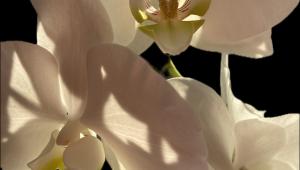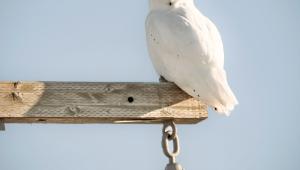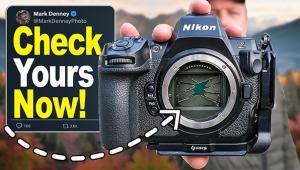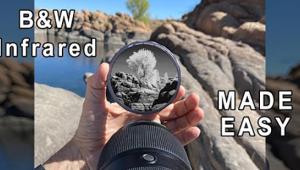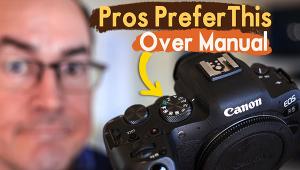Canon's i9900 Photo Printer
Reaching A New Level Of Ink Jet Performance
In the last year, the quality and performance levels of dye-based photo ink jet printers have made great strides. Now you can add Canon, with their new 13" wide i9900, as a manufacturer that has pushed the performance quality up to a new level. The primary basis for this breakout is the addition of red and green ink to the standard mix of CMYK colors, plus a light magenta and cyan. This makes a total of eight colors, all in separate ink tanks. This is not a new concept--it has been used in high fidelity offset printing for some years. What it brings to desktop printers is a color gamut range, especially in reproduction of reds and oranges, that's particularly significant to people pictures, and greens that reproduce foliage with greater color fidelity.
 |
|
|
Print image quality is also enhanced
with a high 4800x2400 printing resolution and an exceptionally small 2 picoliter
ink droplet size, with 6144 nozzles for fine, smooth detail and tonality. The
Canon i9900 is not just improved in color print performance, but is really an
all-new printer. The computer interface now includes three connections--the
standard USB, and a second USB 2.0 Hi-speed receptacle, as well as support for
FireWire connection, all of which can be used to access the printer from three
different computers, if desired. Additionally there is a receptacle on the front
of the printer for direct connection of any digital camera model that supports
the PictBridge standard. This allows control of the i9900 directly from the
camera to make prints without using a computer. Even though the Canon i9900
is capable of making large 13" wide prints, it is quite compact, clean,
and has a pleasing design. For example, it allows you to completely close the
printer when not in use, sealing it from any dirt or dust that could affect
print output quality.
Along with the new printer comes new software, Canon's Version 2.0 Easy-PhotoPrint.
Unlike many "easy" photo image software applications, Canon's
is color managed. One of the benefits of this is that rather than generating
images for saving or printing from the quality-limited sRGB color space, Easy-PhotoPrint
supports Adobe RGB (as do many Canon digital cameras). This preserves a wider
color gamut of input as well as output to the printer that will then reproduce
a wider range of photo-realistic print colors and tones. Canon's i9900
now supports full color management with profiles for Canon brand and generic
papers, very helpful in getting your print to match the image you see on the
screen. The result: you can now enjoy the convenience of a consumer software
solution while preserving professional-level photographic fidelity in your prints.
 |
|
|
Printing With The Canon i9900
Photo Printer
Because there is a limited selection of Canon brand papers for use with the
i9900 printer, and Canon only sent premium glossy Photo Paper Pro paper for
me to use with the printer, I cast about for likely suspects to obtain exhibition-quality
matte surface prints. Luckily, I had recently received some samples of Calumet's
new Brilliant brand paper (www.calumetphoto.com)
as well as some ProJet papers from Adorama (www.adorama.com).
Additionally, I made some letter-size prints with some of the standard glossy
photo papers you would find at Staples and similar office supply and discount
stores.
These days, an increasing number of third-party photo ink jet paper suppliers
are making downloadable printer profiles for their papers for many popular printers.
But, considering I did my print evaluation immediately after the first production
i9900 printers were available, profiles for the third-party papers I used were
not available, although I suspect they will be in time. Good fortune in the
form of ColorVision's new SpectroPRO Suite for professional-level printer
profiling had arrived on my doorstep just days before the i9900. This afforded
both the opportunity to try this new product (see sidebar) and provided the
means to custom profile the i9900 for all of the non-Canon papers I used to
do my printer evaluation.
- Log in or register to post comments













